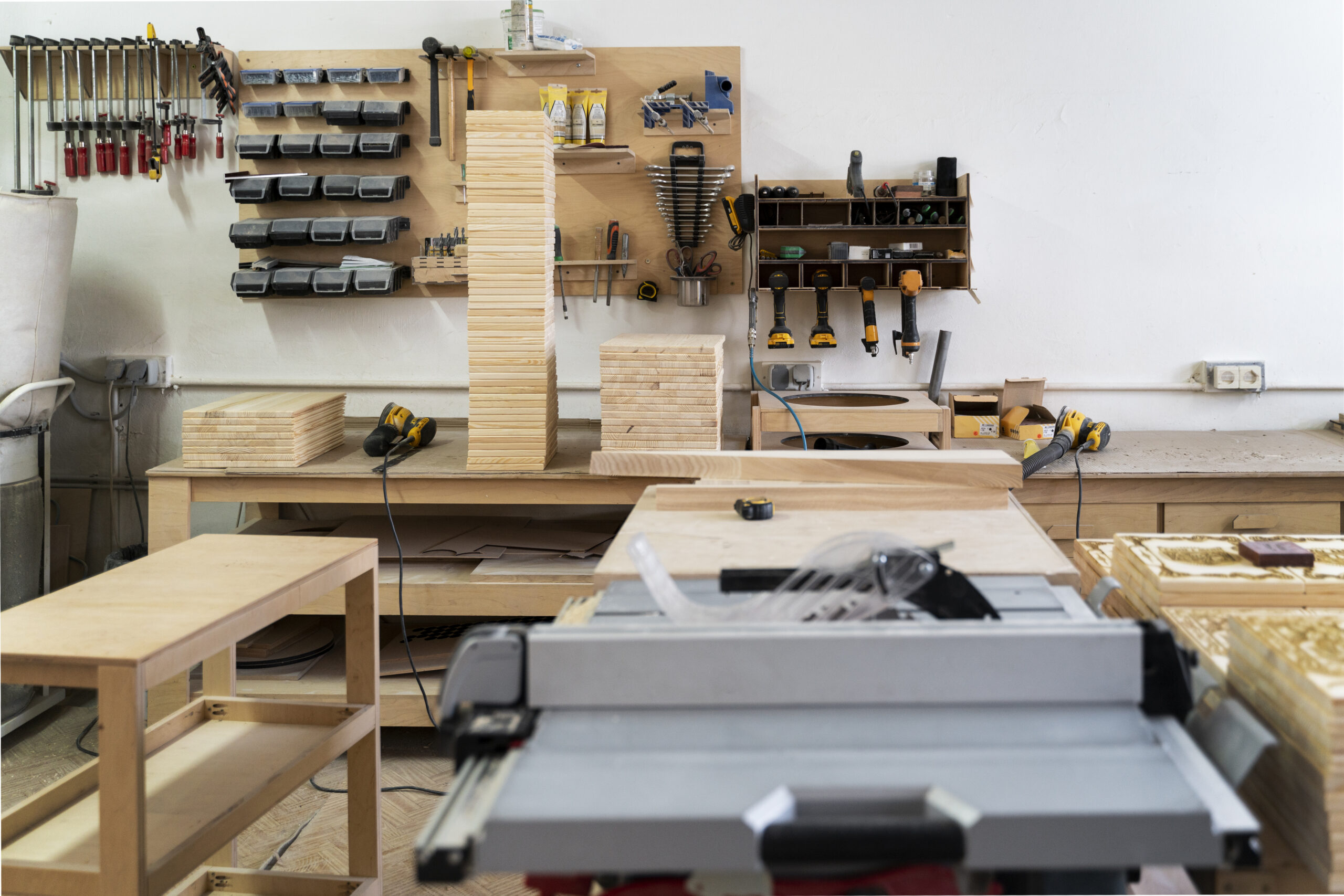High Gloss Wood Finish: An In-Depth Guide
High gloss wood finishes transform wood surfaces into sleek, shiny showpieces. They reflect light, enhancing the wood’s natural beauty. Achieving this effect requires skill and patience. There are many steps involved, but the result is stunning. Let’s dive into the details.
Understanding High Gloss Finishes
High gloss finishes are often compared to mirrors. They are known for their shiny and reflective surface. The finish not only amplifies the beauty of the wood but also provides a protective layer. This helps in preserving the wood underneath.
The key to a perfect high gloss finish is preparation. The wood surface must be smooth before applying any finish. This ensures there are no imperfections that can ruin the glossy look.
Types of High Gloss Finishes
There are several options for achieving a high gloss finish. Each has unique properties and applications:
- Lacquer: Lacquer offers a clear, durable finish. It dries quickly and is relatively easy to apply. It is often used for furniture and musical instruments.
- Polyurethane: This is a popular choice for floors. It is extremely durable and resistant to scratches. It can be oil-based or water-based. Oil-based polyurethane gives a slight amber tint, while water-based remains clear.
- Epoxy Resins: Epoxy is known for its thick, glass-like finish. It is often used on bar tops and tabletops. It requires careful mixing and application but offers unparalleled shine and protection.
- Varnish: Varnish is a traditional finish that provides a glossy protective layer. It is suitable for both indoor and outdoor use.
Preparing the Wood Surface
Preparation is a crucial step in achieving a glossy finish. Start by sanding the wood. Use fine-grit sandpaper to remove any imperfections. Sanding creates a smooth surface for the finish to adhere to.
After sanding, clean the surface with a tack cloth. This removes dust and debris that can interfere with the finish. Some professionals recommend a wash with a mild solvent to ensure the surface is completely clean.
Application Process
The method of application varies depending on the type of finish you choose:
- Brushing: Use a high-quality brush to apply the finish. Brush in even strokes, following the grain of the wood. Be careful to avoid drips and bubbles.
- Spraying: Spraying can provide a more even application. It is ideal for lacquers and varnishes. Ensure the spray gun is clean and properly set up before use.
- Pouring: This method is commonly used for epoxy finishes. Pour the mixture evenly over the surface, allowing it to self-level. Use a spreader if necessary.
After application, allow the finish to dry completely. Drying times vary based on the product and environmental conditions.
Polishing and Buffing
Once the finish has dried, polishing is the final step. Polishing enhances the glossiness and smoothness of the surface. Use a fine abrasive polishing compound. Apply it with a soft cloth or a mechanical buffer.
Buff gently until you achieve the desired shine. Take care not to over-buff, as this can damage the finish. Regular maintenance will help retain the gloss for years to come.
Maintenance Tips
High gloss finishes require regular maintenance. Dust frequently using a soft, lint-free cloth. Avoid using harsh cleaning products as they can damage the finish. Mild soap and water are usually sufficient for cleaning.
For floors, consider using area rugs in high-traffic areas. This helps protect the finish from wear. Use furniture pads to prevent scratches from moving furniture.
A periodic reapplication of polish can help maintain the glossy look. Be sure to follow the manufacturer’s recommendations for specific products.
Common Mistakes and How to Avoid Them
Skipping preparation is a frequent mistake. Always sand and clean the wood properly before applying any finish. This ensures adherence and smoothness.
Applying too thick of a coat is another mistake. It can lead to drips and uneven curing. More thin coats are preferable to one thick coat. Patience is essential.
Not allowing adequate drying time can compromise the finish’s appearance and durability. Always check the product’s guidelines for drying times.
Environmental Considerations
Choose high-quality finishes that are environmentally friendly. Many modern finishes have reduced volatile organic compounds (VOCs). These are better for both indoor air quality and the environment.
When disposing of leftover finishes, follow local regulations. Some materials can be hazardous and require special disposal methods.
Consider the long-term effects of your finish choice. Opt for sustainable products when available. This helps preserve natural resources and minimizes environmental impact.
Conclusion
A high gloss wood finish is a testament to quality craftsmanship. With the right materials and techniques, you can achieve a durable and beautiful result. Preparation, careful application, and maintenance ensure longevity. Embrace the process, and the final product will be rewarding.
Recommended Woodworking Tools
HURRICANE 4-Piece Wood Chisel Set – $13.99
CR-V steel beveled edge blades for precision carving.
GREBSTK 4-Piece Wood Chisel Set – $13.98
Sharp bevel edge bench chisels for woodworking.
As an Amazon Associate, we earn from qualifying purchases.

